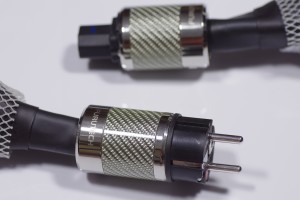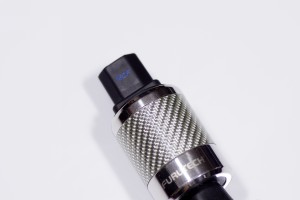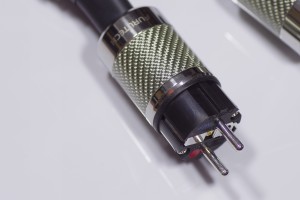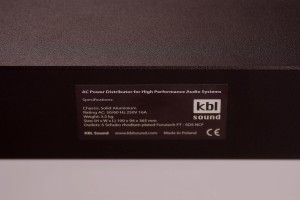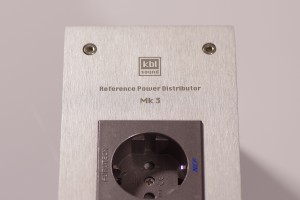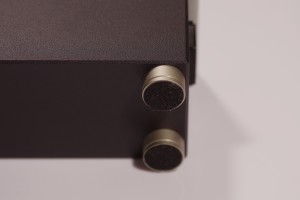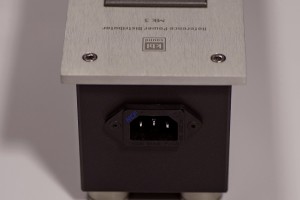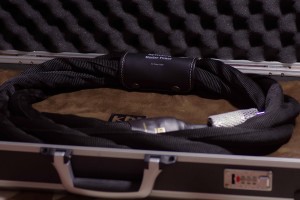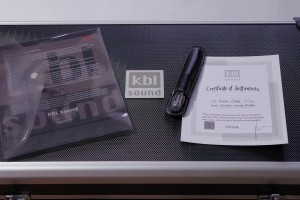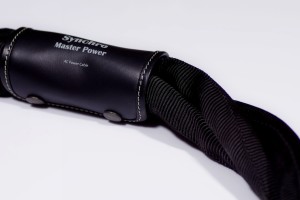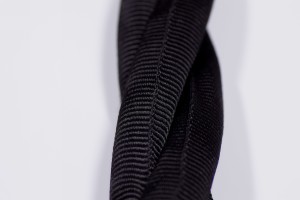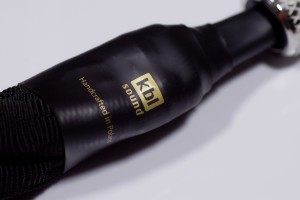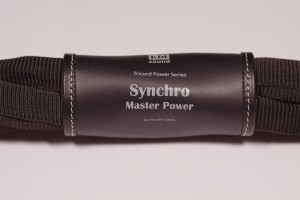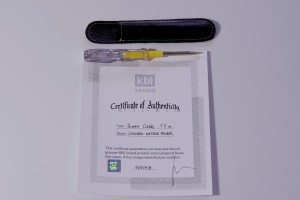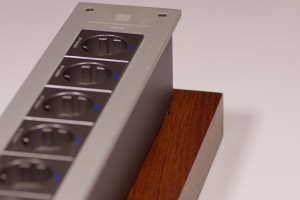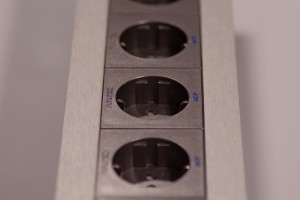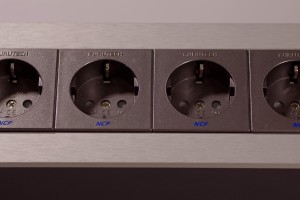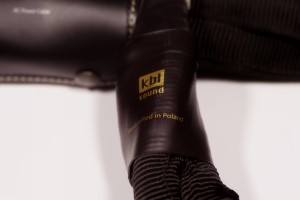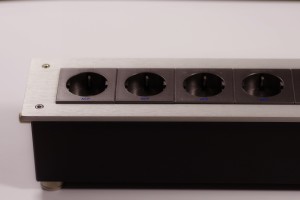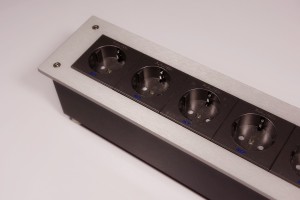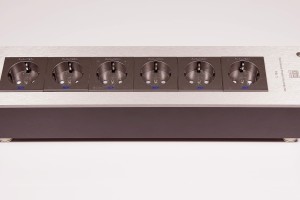Since 1989 Poland has been catching up with the free world in many areas. One of them, the Polish audio industry, has been doing pretty well including the KBL Sound that, in my opinion, has already caught up with world market leaders. Let me present the latest, flagship power cable Synchro Master and the latest power distributor RPD-6 mk3.
Introduction
It can be argued that the audio market is driven by the pursuit of perfection and such thesis should be easy to defend. Even if the industry relies heavily on solutions developed dozens of years ago, new advanced technologies and materials give engineers an opportunity to create new, better, and therefore closer to the theoretical perfection components. This is, of course, a simplification, as the idea is to offer a perfect sound reproduction and not perfect devices. There are many elements that play an important role in the process of developing high-end audio components, but one of them can not be bought, it must be learned or gained. Basic knowledge of electronics, acoustics and so on, can be learned from books, but to create the best products one needs more – a talent and experience. Sometimes it is passed down from generation to generation (which is often the case in, for example, Japanese companies), but usually experience comes with time, with years of experimentation, trial and error, successes and failures. And the most interesting thing in this industry is that this hard work translates into excellent devices that offer a lot of satisfaction for users, but also for people who developed them. They are often very proud and happy about their work, at least for some time… Because after a while a satisfaction of a job well done wears off. It’s either due to emergence of some new technologies, solutions, materials, or maybe due to an “eureka moment” that gives a designer some ingenious idea how to make his product even better, or create a completely new one. It may also be the hard-gained experience that after a while tells the designer that he could have done some things differently, possibly achieving even better results that he did. Then he goes back to work richer with the experience of his previous creations and … he is often able to design and build something even closer to perfection.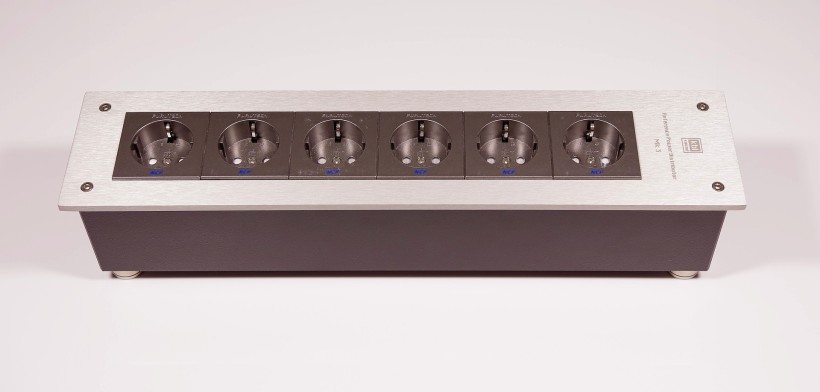
Although I do not know that for sure, I suspect that this could be the case for the Polish company KBL Sound. I had a pleasure of testing two sets of their cables from the Red Eye Ultimate and Himalaya series. Both, in my opinion, presented the world class in terms of performance and build quality. I haven’t had a chance before to use previous versions of the Reference Power Distributor, but some of my friends whose opinions I trust, have and they praised it too. So when I was offered an opportunity to listen and assess the latest work of KBL Sound, the flagship power cable of the recently introduced Trichord Power series, called Synchro Master Power, and the latest, third version of the RPD-6 power distributor (including the Wood Base) I simply couldn’t refuse. So here we go with the review of these two latest products.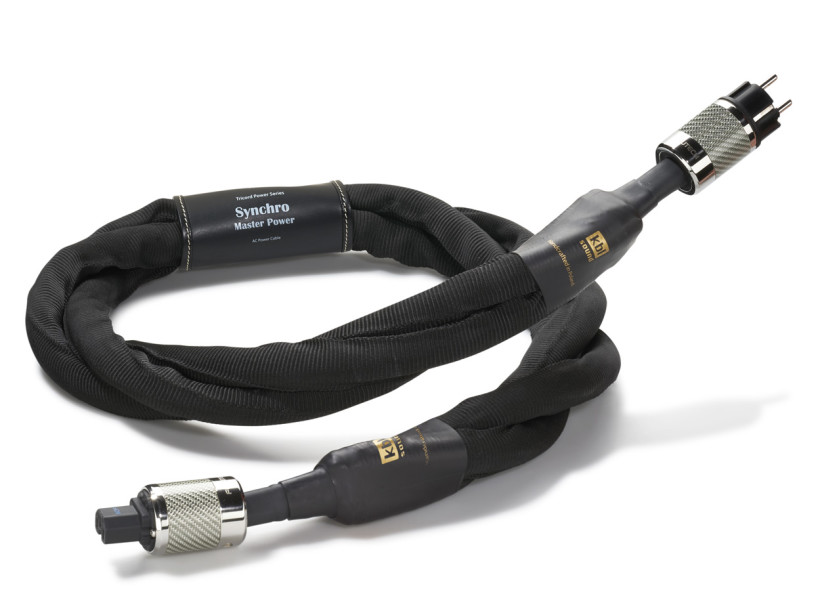
Design
Synchro Master Power
Let’s start with the power cable. The Synchro Master Power is a part of a new line of power cables (unlike other series that include also signal cables). There are currently three models in it. In addition to the flagship there is also the Solaris and Mirror Master Reference. As the manufacturer points out, this is a completely separate series unrelated to the rest of the lineup. The manufacturer used a method of product development quite often followed by small manufacturers (not only them – Oppo Digital success on the audio market with its inexpensive, multi-format players was achieved the same way) of audio components. They developed a number of prototypes, made their own pre-selection of the most promising units and then delivered them to trusted customers, owners of mid- and high-class system for evaluation and their feedback. This phase of beta testing is, as I have heard from many manufacturers from around the world, very useful, because firstly the creators themselves are not always able to assess the fruits of their work objectively and secondly they have a few (at most) systems they can test new products in and that’s sometimes is not enough. After all, it’s manufacturer’s job to make sure that a new product works well in most, if not every system. By providing cables to different (preferably not accidentally chosen) people who own diverse systems and collecting feedback from them, manufacturer should be able to prepare better and more versatile products. Such tests give them also certainty that the new product is not only THAT good in their own opinion, but that the others, potential buyers, share this belief. Therefore, the specific versions of these three models were selected using feedback from a group of experienced audiophiles, representatives of future buyers.
Models of this series differ in type and cross-section of the cables. Compared to previous KBL Sound models, one thing did not change – the conductor material. It is still a mono-crystalline copper, previously used in the aforementioned mentioned Himalaya, or Red Eye Ultimate series. According to the manufacturer, this is the best conductor available today, so there was no reason to choose another one for this project. Its enormous advantage is its homogeneous molecular structure that allows unobstructed – unlike in the case of a granular structure – flow of current through a single metal crystal from one plug to the other.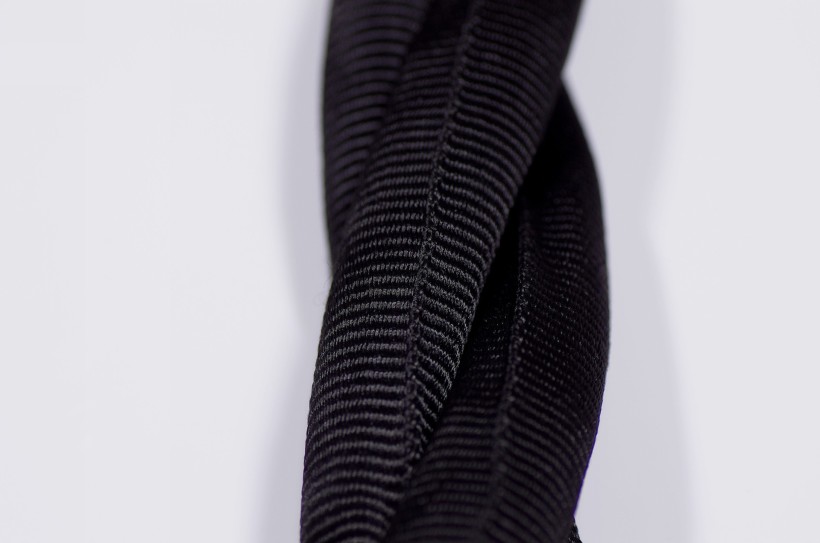
These three models, as indicated by the series name, all use the Tricord Power technology developed by KBL Sound. It is based on the independent runs of all three wires: phase/live, neutral and ground. The main advantage of this solution is the ability to develop and fine-tune each of these conductors individually. It is important because the role of each of them is slightly different, and refining each of them separately allows manufacturer to minimize the compromises needed when it is not possible to treat these wires separately. The Tricord Power technology consists therefore of special spatial topology of the conductors and special damping and shielding developed for each of them depending on their function. Multi-stranded wires are made of structurally homogeneous mono-crystalline copper, so that the current flows from one end to the other within a single metal crystal.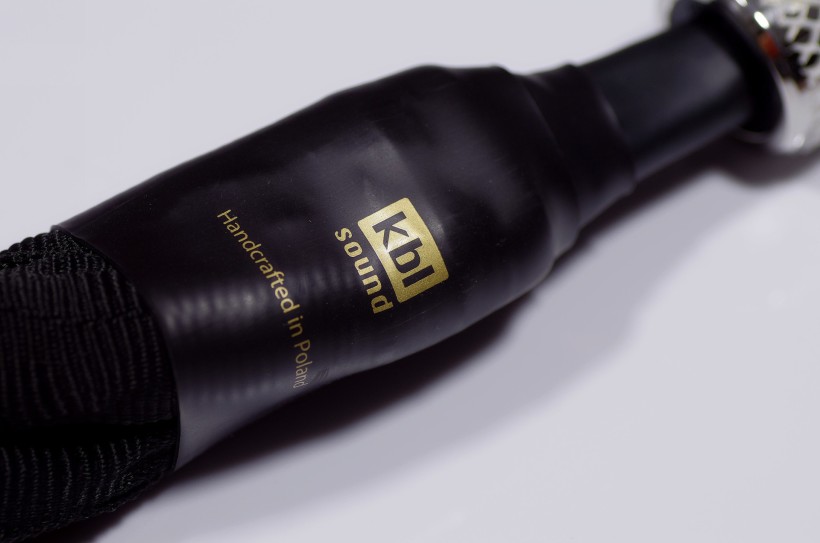
Each cable is terminated with plugs appropriate for its class, and the plugs themselves are elements of cables’ tuning. The plugs used for Synchro Master are Furutech Fi-E50 and Fi-50 NCF, that feature, nanotechnology for anti-static purposes. Their contact areas are made of pure copper subjected to α (Alpha) process, i.e. cryogenization and demagnetization. The Furutech piezoceramic body is armed with a silver plated carbon fiber braid and a damping/insulating coating of acetal copolymer. The manufacturer optimized vibration dampening and shielding system individually for each wire’s role. They claim it allowed them to achieve higher specs of the cable, also by minimizing the impact of interfering magnetic fields generated by current flow.
All Tricord Power cables are made upon order. Standard lengths are 1.5 and 2m. This cable can also be ordered with IEC Furutech Fi-52 NCF 20A plug for devices with high current demand.
Reference Power Distributor RPD-6 mk3
The KBL Sound Reference Power Distributor has already reached its third incarnation. Like the previous versions, the new one is also offered in two variants marked with RPD-5 and RPD-6 symbols, with varying number of sockets (respectively: 5 and 6). This is the first version I received for a review so I can’t compare it with previous ones. Visually it does make a great first impression. Make and finish is (again) world class. As it reads on manufacturer’s website, the chassis of this massive distributor is produced of a solid aluminum block on CNC machines, which is a time-consuming process lasting several hours. As result a chamber with walls up to 35mm thick (!) is formed. This provides an excellent RFI shielding, stability and absorption of both internal and external resonances, which in turn is supposed to translate into an unobstructed electron transfer in the wires and sockets mounted inside.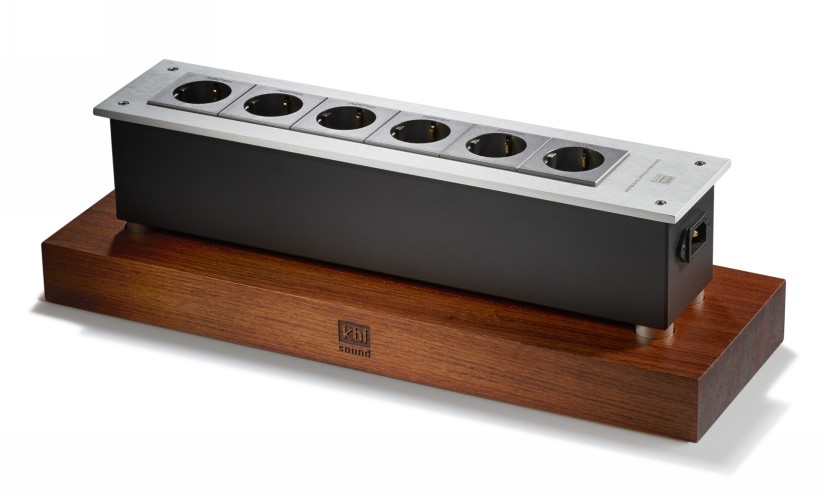
The power distributor features the Furutech FT-SDS or optionally the NCF version, considered to be one of the best sockets available on the market. All the conductive components of these sockets are made of pure copper (Alpha processed) and plated with 24k gold. The housing is made of fiberglass nylon composite, the cover of poly-carbonate The whole is subjected to the process of demagnetization and cryogenization. The sockets are fixed to the bottom of the chassis for the best possible integration with it. The IEC socket featured in RPD-6 mk3 is Furutech FI-06 (or the NCF version) with contacts finished with 24k gold. Internal wiring is made of ultra pure mono-crystalline copper. These are 5.26 mm2 (10 AWG) and 3.30 mm2 (12 AWG) conductors. The difference between the KBL Sound power distributor and many others available on the market is the star-like connection, meaning directly from power inlet to all sockets in parallel. Current from distributor’s inlet flows directly to each of six (or five) sockets. In previous versions, the wires coming from IEC were soldered to a PCB and only then current was distributed to all individual sockets. In the new version, manufacturer got rid of soldering tin, which, according to them, has significantly improved some aspects of the sound.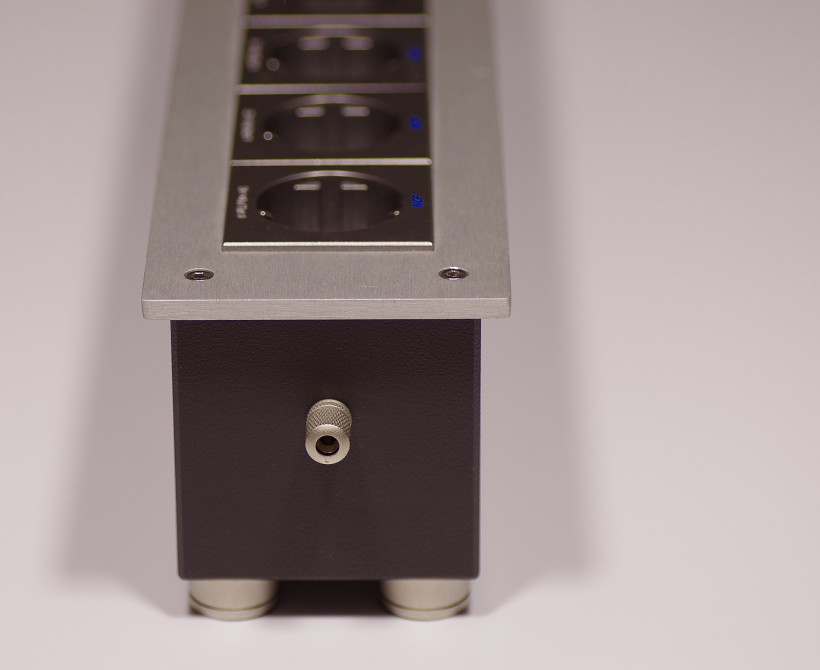
The feet of the power distributor are made of phosphor bronze (nickel plated) for the best insulation from the ground. The optional RPD Wood Base is made from one solid piece of selected wood of exceptionally high fiber density and the highest vibration damping factor. The surface is additionally impregnated using a special oil with anti-static properties. The purpose of RPD Wood Base is not only to mechanically isolate the power distributor from the resonance of the surface it is placed on, but also to distance it from the static electrical charge that accumulates at the floor surface. On the upper surface there are four small cavities corresponding to the spacing between the feet of the distributor and on the bottom there are four felt pads that separate it from the floor (or other surface one places it on). The maximum load of the power distributor is 1850W.
Sound
This test was divided into a few stages. For a few days, I received three Synchro Master cables, which allowed me to connect both the integrated amplifier, the turntable’s power supply and phonostage or CD Player. A few days later, I received a power distributor, and finally I was left with one cable and power distributor as the manufacturer had to pick up other two cables. In addition to my own system (Modwright LS 100 + KWA100SE, LampizatOr Golden Atlantic DAC, Grandinote Celio mk IV phonostage, J.Sikora Standard MAX turntable) I had several devices at my disposal including the NuVista 600 and Kondo Overture PM2 integrated amplifiers, the remarkable Tenor Audio Phono 1 phonostage, and the excellent Audionet Planck CD player with Ampere power supply.
Synchro Master Reference cables are really thick but not as heavy (though heavier than many) as they look. They may not be the easiest to install in a system, but I had to deal with many much stiffer ones that cause me much more trouble. So let’s say that they are not particularly difficult to install. Still, one should pay attention when installing them as their weight is significant enough to endanger power inlets of the connected devices – one should give Synchro Masters some support just in case.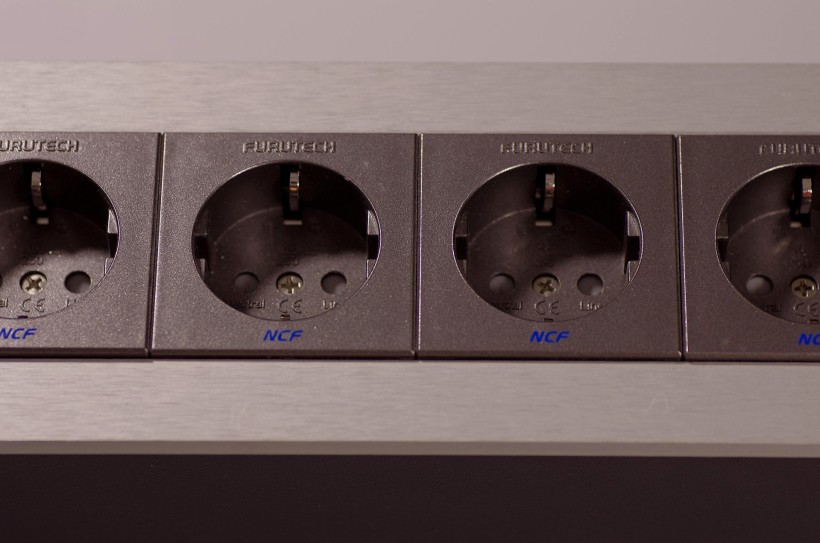
During the first stage of the review, I connected the Kondo Overture PM2 with the Synchro Master cable directly to the Furutech wall socket (connected, like the other ones dedicated for audio system, to a separate power line using Gigawatt LC-Y cable). The rest of the system was connected using LessLoss DFPC Reference cables. The Kondo amplifier, like every product of this brand, delivers an incredibly smooth, saturated, warm but clean sound. Changing the cable from LessLoss to Synchro Master cause a clear change, which at first I didn’t perceive as unambiguously positive. The already dense, warm performance of this amplifier got even more saturated, “heavier”. In 99 cases out of 100 I perceive such a change in performance of any component as clearly positive. Here I had my doubts whether the combination of features of this cable with this particular amplifier’s was not too much. The performance was very attractive, beautiful in many respects, amazingly rich, but also (which I found somewhat surprising because of the 34W output of this amp that had to drive my large, 3-way Ubiq Audio One Duelund Edition) delivering brilliant bass control and definition. The only “but” was that I’d never heard any amplifier delivering performance so dense, rich and tuneful before, so was this one with Synchro Master so unique or was it the exaggeration I mentioned before? The fact is that when we hear a different sound than we are used to, we are either wowed from the beginning, because it is something new, different, or we have a problem with accepting that difference. Here (at the beginning) it was the latter case. At least until I decided to go back to the power cable used before. It turned out that without the Synchro Master system now sounded somewhat … poor, colorless, even lifeless. Of course, the impression was based on the contrast perceived during head-to-head comparison, because even without this power cable Kondo had delivered a wonderful, warm, saturated sound before. Simply with Synchro Master it became clear how much more in terms of sound’s depth and saturation was there waiting to be discovered. This “weight” and richness of the sound ultimately turned out to be a definitely desirable feature, though I got to fully appreciate it only when I took the Synchro Master out of the equation.
The next step was to check whether using three Synchro Master cables can deliver even better results. So I used additional two to connect the Tenor Phono 1 (the best phonostage I’ve ever listened to in my system) and the reference power supply for J.Sikora turntable. One of absolutely astonishing aspects of Tenor’s performance is bass. Everything from extension, richness, impact, definition, differentiation to timing is simply amazing. And again it seemed to me that there was no way it could offer even more (OK, I knew it would be possible using even better tonearm than my Schroeder CB, or even higher class cartridge than my excellent AirTight PC3), and once again the Synchro Master proved me wrong. Although the differences were not as clear as with Kondo before, I noticed and approved them almost immediately. Ray Brown’s double bass, so well-recorded, sounded faster, tauter, with the big sound box supporting strings in a more efficient way, hence the tone was deeper and decay phase lasted longer. And finally also purity of the sound improved, which gave me an even better insight into the Ray’s unique skills. Keith Jarrett’s grand piano delivered even richer sound with more weight with 3 Synchro Masters. The three-dimensional body of the instrument was even better defined, and the power and scale of its sound got one step closer to a real instrument.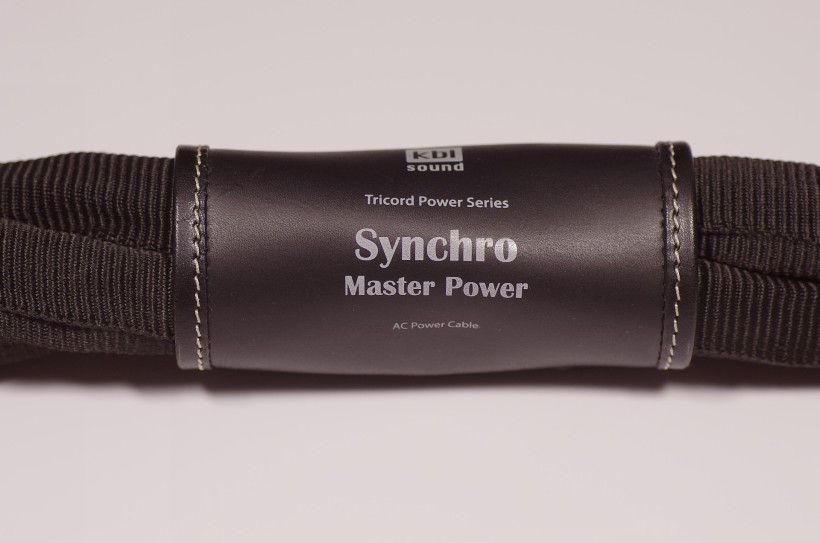
Next, I added last piece of the puzzle – the KBL Sound Reference Power Distributor or the RPD-6 mk3. I used one of the Synchro Master cables to connect RPD to the wall socket, and one Himalaya replaced it connecting turntable’s power supply. What I noticed first was a further boosting of all the above described effects of Synchro Masters. Right after that my attention was drawn by a delightful purity of every strike of a hammer on the string of piano (still on the same Jarrett’s album), on amazing vibrancy and openness of every sound, and clarity of the musician’s murmurs that accompanied music. Also other, very important particularly for live recordings, aspects improved on this, but also on Ray Brown’s albums. I mean a presentation of room acoustics, reverb, and audience reactions. With the KBL Sound RPD-6 mk3, all these qualities improved compared to the previously used and delivering really good performance Gigawatt PF-2 mk2. These were not some game-changing differences, RPD-6’s performance was better but it was not “day or night” difference. However, given that we are talking about a system that was worth over a hundred thousand euros in this configuration, an improvement that could be quantified as, say, 4-5%, was clearly noticeable and strongly desirable. Especially considering that compared to the total value of the system as well as to the prices of many top cables and power distributors offered by competitors, the ones prepared by this KBL Sound seemed reasonably priced.
I had a similar impression when I switched from turntable to an excellent CD player, Audionet Planck, one of the best CD Players I listened to at home, used with several thousands euro worth dedicated power supply, Ampere. I may not be a fan of CD format, I may not use compact discs on daily basis, but if not for the question of deep enough pockets I would probably purchase this Audionet set for my system – that’s how impressed I was with it. This is a remarkable digital source that offers very pure, transparent and dynamic but at the same time also naturally smooth, spatial and musically involving performance. Combined with the Kondo amplifier, it created an amazingly natural, captivating performance. And yet, the KBL Sound’s cables and power distributor were able to squeeze bit more even from such an amazing setup. With them the tiny details, subtleties became more expressive, but absolutely not intrusive or annoying. These often disappear somewhere in the background noise if the power supply chain is not good/pure enough. If this was even possible at all (“if” because the evaluation of many aspects of the sound is always subjective), the coherency, flow and three-dimensionality of the sound improved even further. That translated into an even more natural, more live-like, more expressive and palpable sound. These products of KBL Sound, just like the Red Eye Ultimate and Himalaya cables I’d reviewed before, presented music close to the listener. It’s not about pushing it forward in front of the speakers, but about rendering large, dense phantom images, saturating the whole soundstage with sound/music so much that everything seems a bit bigger and closer and more palpable. For me, a person who loves a close contact with music, it was a highly desirable feature.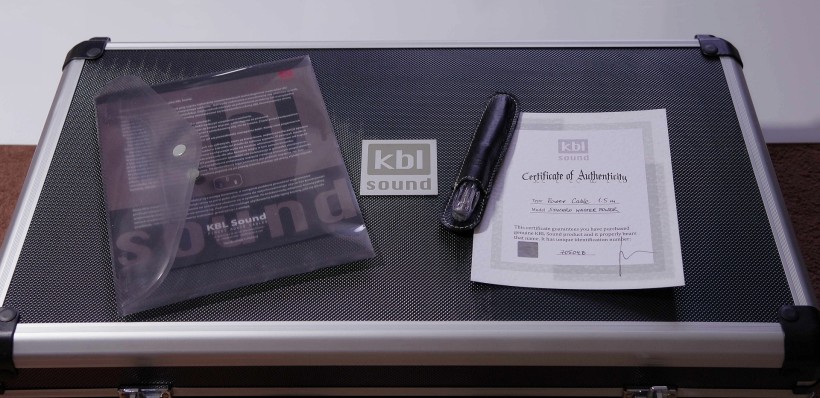
I would call neither the Synchro Master cables nor the RPD-6 mk3 cold or even perfectly neutral sounding components. Like the natural sound played by instruments, the sound they present is a bit warm. It is definitely not “warmed up”, but just naturally warm. That’s why every device that is powered by the Synchro Master cable, if only possible hooked up to the RPD-6 powered by another Synchro Master, was able to deliver performance that got closer to my idea of perfect sound – the sound of live instruments – than without these elements. This was true for amazingly natural sounding Kondo tube amplifier, but also for the NuVista hybrid amp, my analogue source (J.Sikora turntable and Tenor hybrid phonostage) and a digital one (Audionet Planck+Ampere). And, as I perceived it, neither Synchro Master nor RPD-6 mk3 imposed a particular sonic signature on the sound of different components (maybe a little), but rather gave them a chance, or optimal conditions, to present their full potential to deliver as natural performance as possible.
Summary
It would be easy to state that both, the Synchro Master Reference power cables and the latest version of the RPD-6 power distributor are world-class components and put a full stop here. I think that if their sonic character, because after all, KBL Sound products are not the only audio products in the world that are completely devoid of it, is to your liking regardless of how good, how expensive your system is, this Polish proposal can do for it as much good as any product of famous brands. I am not going to tell you that these are the best products in the world, but they are among the best for sure, and in this group they quite likely offer the best price/performance ratio. In this review I haven’t even mentioned many aspects of sound such as dynamics, treble quality, presentation of vocals, etc. The thing is that while listening to systems using Synchro Master and RPD-6 mk3, I just accepted what I heard as … accurate and natural, thus exactly as it should have been. There was no reason to discuss these (and many other) aspects of the performance as they were just right. I think that this is one of the highest compliments there are and it only brings KBL Sound’s products closer to the hypothetical ideal of audio products – components that allow user to forget they even exist as they disappear from the room leaving him alone with the beauty of music. This goal is unachievable, but every step in this direction is highly appreciated, is what we are looking for while chasing the white rabbit. The Synchro Master cables and RPD-6 mk3 power distributor allow one to take maybe even more than one step in the right direction. I mentioned a few times before in my reviews that my dream is a top-performing system made exclusively of Polish components, and when this dream comes true most likely (meaning: unless I discover some new, even better products) KBL Sound products will be part of it (today it’s not a problem of a choice but of having means for the purchase). This test only confirms my belief. Why don’t you organize a listening session in your system with these products – it’s quit likely that you’ll share my enthusiasm and choose KBL’s Synchro Master and RPD-6 for your systems over (most likely more expensive) products of other well-known brands.
Associated equipment:
- Loudspeakers: Ubiq Audio Model One Duelund Edition
- Amplifiers: Modwright KWA100SE, Kondo Overture PM2, Musical Fidelity NuVista 600
- Preamplifiers: Modwright LS100
- Digital source: a passive, dedicated PC with WIN10, Roon, Fidelizer Pro 7.3, JCat USB Femto card with Bakoon battery power supply, Hdplex linear power supply for PC, JCAT USB Isolator
- D/A Converter: LampizatOr Golden Atlantic
- Analog source: J.Sikora Standard MAX turntable with Schroeder CB tonearm and AirTight PC 3 cartridge, GrandiNote Celio & Tenor Phono 1 phonostages
- Interconnects: 聖Hijiri HGP-10R “Million”, LessLoss Anchorwave, TelluriumQ Black
- Speaker cable: LessLoss Anchorwave
- Power chords: LessLoss DFPC Signature, Gigawatt LC-3
- Power: Gigawatt PF-2 MK2 and ISOL-8 Substation Integra; a dedicated power line with Gigawatt LC-Y in-wall cable; Gigawatt G-044 Schuko and Furutech FT-SWS-D (R)
- Racks: Base VI, Rogoz Audio 3RP3/BBS
- Anti-vibration accessories: ROGOZ-AUDIO SMO40 and CPPB16 platforms and ROGOZ AUDIO BW40MKII feet, Franc Accessories Ceramic Disc Slim Feet and Wood Block Platform
Retail prices in EUR:
- Synchro Master Power: 1,5m – 7029 EUR
- Reference Power Distributor RPD-6 mk3 SDS gold-plated (incl. Wood Base): 3715 EUR
- Reference Power Distributor RPD-6 mk3 NFC rhodium-plated (incl. Wood Base): 4720 EUR
- Reference Power Distributor RPD-5 mk3 gold-plated (incl. Wood Base): 3145 EUR
- Reference Power Distributor RPD-5 mk3 gold-plated (incl. Wood Base): 4059 EUR
Manufacturer: KBL Sound
Polska wersja testu ukazała się w magazynie HiFiChoice. Zobacz TUTAJ



